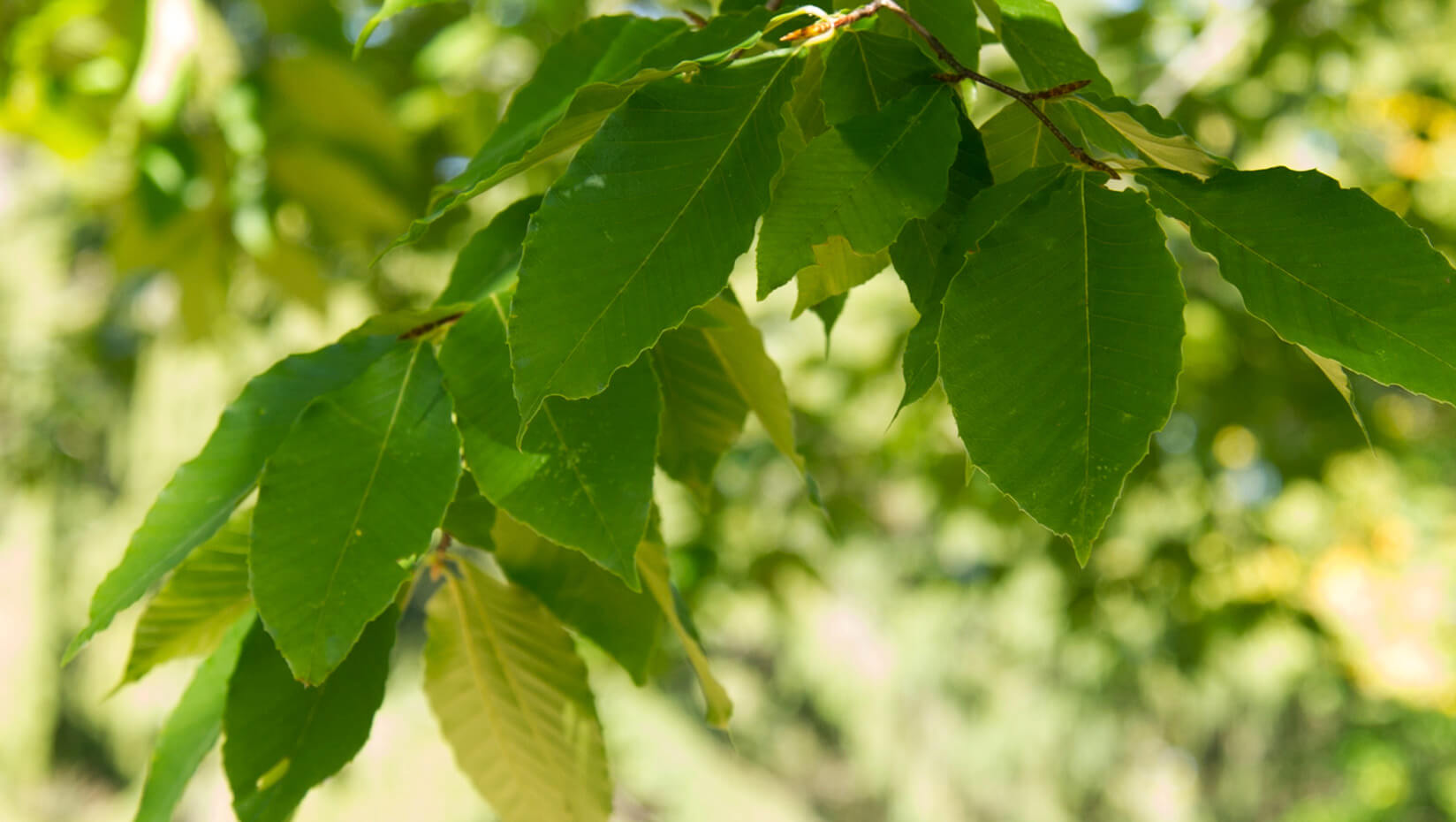
American beech dominating, abundance of maples declining due to climate-associated changes in northeastern forests
The composition of hardwood forests in the northeastern United States is changing significantly. In the past 30 years in forestlands in four states, climate-associated changes have increased the abundance of American beech compared to three other hardwood species commonly associated with the regional forests, according to University of Maine-led research team.
The significant shift to forests dominated by American beech, Fagus grandifolia, in Maine, New Hampshire, New York and Vermont is associated with higher temperatures and precipitation, according to Arun Bose and Aaron Weiskittel at UMaine, and Robert Wagner at Purdue University, the team that conducted the study — one of the first to examine broad-scale changes over a long period of time in the northeastern United States and southeastern Canada.
The change from beech-maple-birch forests to more beech-dominated forestlands could have consequences for ecosystem structure and function, say the researchers. Beech is associated with a widespread bark disease and is known to limit natural regeneration of other species. In addition, the wood has less commercial value.
The significant increase in beech in the past three decades also has resulted in decreased incidence of sugar maple, red maple and birch. Factors in the changing forest composition include the ability of beech to shade out the other species.
“Our results emphasize the need for management strategies, such as higher intensity harvesting methods, vegetation control and limiting browsing pressure to reduce beech dominance,” according to the researchers, who published their findings in the Journal of Applied Ecology.
The researchers used U.S. Forest Service Forest Inventory and Analysis data, 1983–2014, for Maine, New Hampshire, New York and Vermont to study the occurrence and abundance of American beech, sugar and red maple, and birch saplings. Their assessment included sapling encroachment into new areas, as well as the abundance of the American beech relative to the other three species.
They found the beech-dominated forests particularly evident in the Adirondack Mountains of New York, the Green Mountains of Vermont and the White Mountains of New Hampshire.
Climate-associated changes in forest composition often include high mortality in sensitive species and disproportionate favoring of others that can better adapt to the new conditions, the researchers note. In the northeastern U.S., beech sapling presence and abundance has likely been driven by additional factors, including the long absence of wildfire and clear cutting, and species characteristics, such as shade tolerance.
Forest management needs to include large-scale harvesting and canopy opening to preclude beech-dominated forests from developing in even greater areas, according to the researchers.
Contact: Margaret Nagle, 207.581.3745
